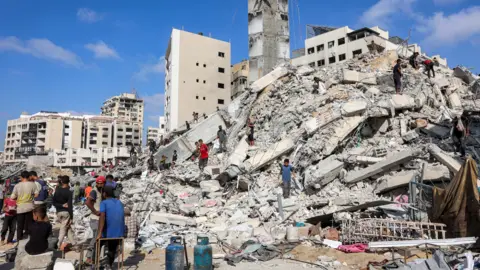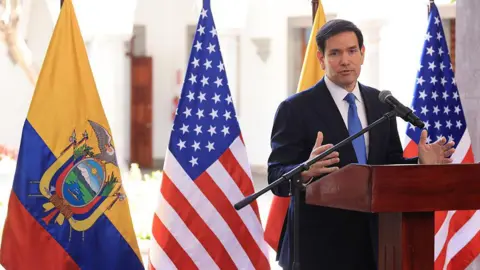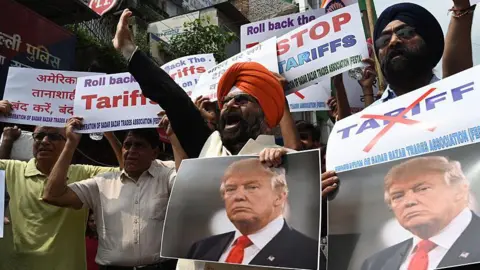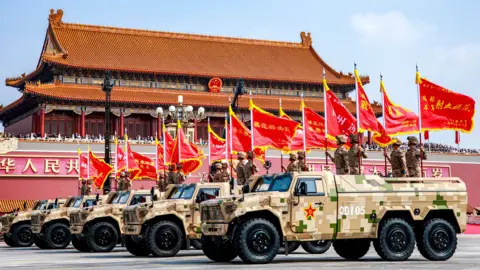Pakistan reported damages from the Indian strikes, with casualties exceeding twenty, as Indian aircraft targeted areas long suspected of housing terrorist leaders. However, India's military claims a significant blow against militant infrastructure, leaving both sides with narratives that could lend themselves to assertive posturing. Observers note this moment as a crucial test for both nations—one that could lead to renewed hostilities or a path to peace negotiations.
The tension is compounded by historical grievances and periodic flare-ups often spurred by militant attacks, as seen in the recent context of a deadly incident attributed to Pakistan-based groups. As both countries navigate their responses, the international community watches closely, awaiting a potential shift from conflict to diplomacy.
In the coming days, the decisions made by leadership on both sides will be crucial. Will they foster an environment of dialogue and reconciliation, or will the cycle of violence renew with renewed fervor? Only time will tell if this latest round of military actions will usher in a new era or perpetuate the cycle of conflict in the region.
Conclusively, the current circumstances exemplify the tenuous balance both nations must navigate, and the opportunities that now lay before them as they consider the implications of their next moves.
The tension is compounded by historical grievances and periodic flare-ups often spurred by militant attacks, as seen in the recent context of a deadly incident attributed to Pakistan-based groups. As both countries navigate their responses, the international community watches closely, awaiting a potential shift from conflict to diplomacy.
In the coming days, the decisions made by leadership on both sides will be crucial. Will they foster an environment of dialogue and reconciliation, or will the cycle of violence renew with renewed fervor? Only time will tell if this latest round of military actions will usher in a new era or perpetuate the cycle of conflict in the region.
Conclusively, the current circumstances exemplify the tenuous balance both nations must navigate, and the opportunities that now lay before them as they consider the implications of their next moves.




















